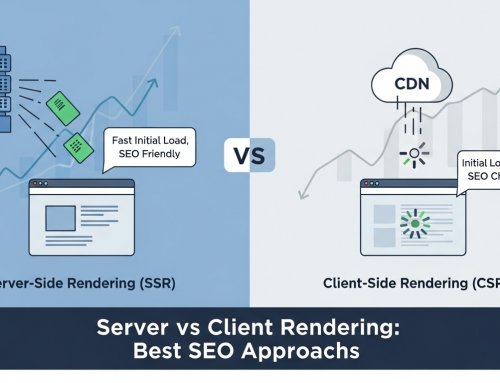What does SEO Friendliness mean?
SEO friendliness refers to creating content or designing a website in a way that makes it easier for search engines to understand and rank. This involves optimizing content with relevant keywords, improving website structure and navigation, enhancing user experience, and following best practices to increase visibility in search engine results pages (SERPs). By implementing SEO-friendly strategies, websites can attract more organic traffic and improve their online presence.
How to make your content SEO-friendly
To make your content SEO-friendly:
Keyword Research: Identify relevant keywords to include in your content.
Quality Content: Create valuable, well-written content that addresses user intent.
Optimize Headings: Use headings (H1, H2, etc.) with keywords to improve readability and SEO.
Meta Tags: Write compelling meta titles and descriptions with keywords.
Internal Links: Include internal links to relevant pages on your website.
Optimize Images: Use descriptive filenames and alt text for images.
Mobile Optimization: Ensure your content is mobile-friendly.
Page Speed: Improve loading speed for better user experience.
Shareable Content: Create content that users are likely to share and link to.
Regular Updates: Keep your content fresh and up-to-date to maintain SEO relevance.
Content Optimization Tools
Popular content optimization tools include:
- Yeoast SEO
- SEMrush
- AHrefs
- BuzzSumo
- Grammarly
- Clearscope
- SurferSEO
- Google Search Console
Conclusion
In conclusion, to create SEO-friendly content, utilize tools like Yoast SEO, SEMrush, and Ahrefs for keyword research and optimization. Focus on quality content, optimize titles and headings, use meta descriptions, internal linking, and mobile optimization. Ensure fast page speed, originality, and consider using SEO plugins like Yoast SEO for assistance. By implementing these tips and leveraging the right tools, you can enhance your content’s visibility and ranking in search engine results.






